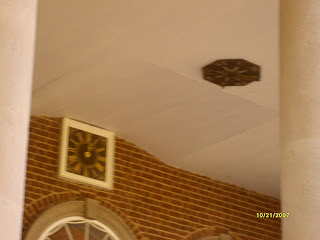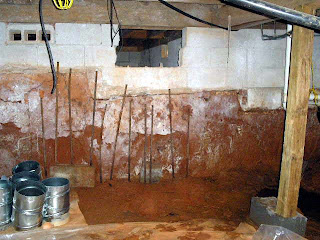I have received a lot of questions on the safety concerns of certain brands of electrical panels after a
home inspector calls them out as a potential safety hazard. Here are two of the questions I hear the most; "If there is a problem with the panel, then why is it not recalled?","This panel has been in the house for thirty years, and it has never given me any problems, so why did the home inspector say it is a problem?" Stick with me and I will try to answer these questions.
The problems with most of the brands in question is internal arcing or a history of failing to trip their breakers when there is a problem. A breaker that fails to trip when there is a problem is the most serious. There appears to be no official recall on these panels, mainly because the companies that made these panels are out of business. But their history of having these problems is still a concern, because there are a lot on these panels still in use. •
A main breaker panel is basically a safety device that is designed to discontinue power to a circuit in the event of an overload. If an overload occurs in a circuit, and the breaker fails to trip, this can cause major problems, such as fire.
Knowing these problems exist with some of these panels,
home inspectors will call out these panels as a potential danger. Some home inspectors recommend theses panels be evaluated by a licensed electrician, while others just recommend the panels be replaced. The point that gets raised is this panel has been in operation for thirty years with no apparent problems, now some body says it is a potential danger.
Unfortunately, in the case of electrical equipment, the “test of time” argument does not work. Under normal conditions, a circuit breaker does nothing but pass current --that is until an unsafe overload occurs. When such an overload happens, then it should trip to disconnect the circuit before any serious damage occurs. The problem is you do not know whether or not the breaker is defective. Even if an overload had occurred, it’s possible that no one noticed that wiring had begun to overheat or breakers had begun arcing. The only sure way to tell if the breakers will work when needed is to overload them, and observe their response. Unfortunately, such testing itself could affect their future performance.
In conclusion, the best way to assure the safety of your home is to have an inspection done by a qualified
home inspector. He or she will advise you if any of this equipment exists in your house. Home inspectors should identify these panels as potential problems, but a lot of them may only recommend evaluation by a licensed electrician. But the safest thing to do is replace these panels with updated reliable panels. Because, not even the very best electrician can look at one of these panels and honestly tell if it will disconnect the circuit under an overload.
Tomorrow I will talk about panels by name, and fill you in on their history.
































